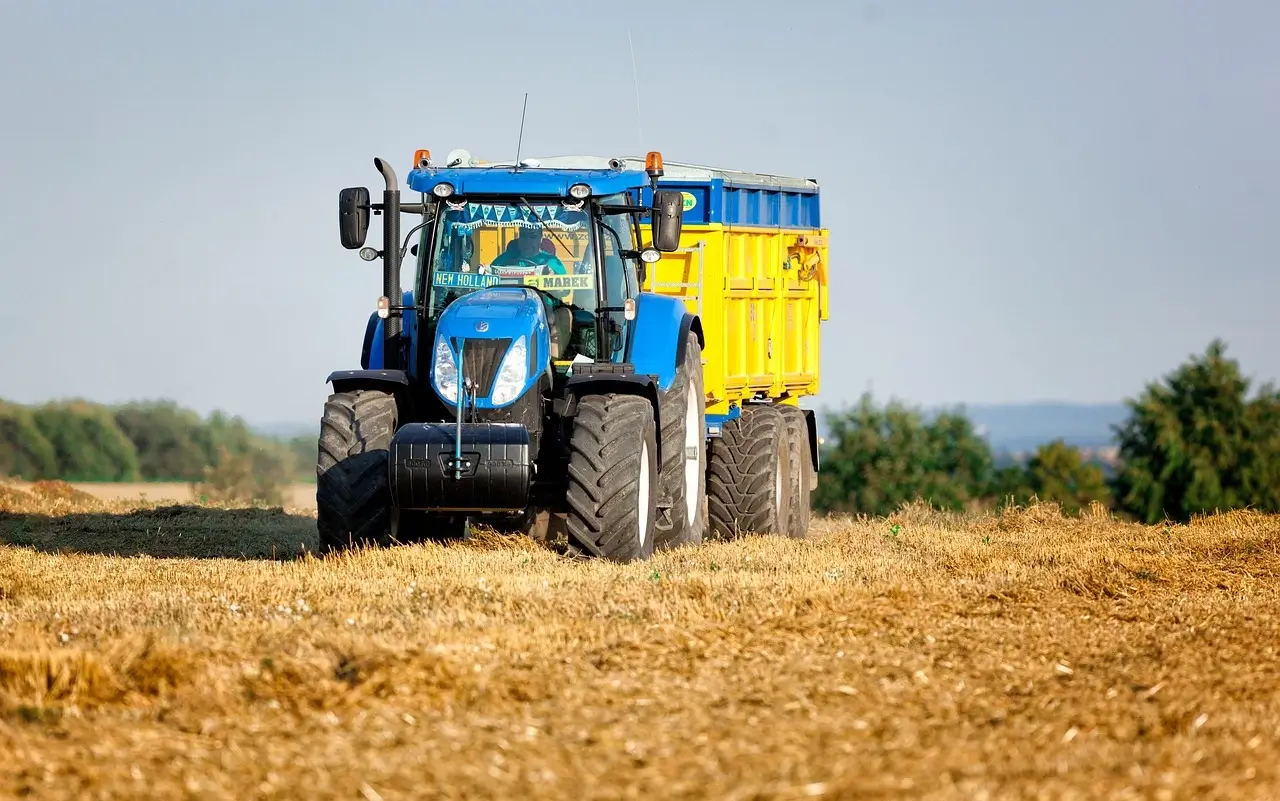When it comes to the safe operation of a tractor and semi-trailer combination, one crucial aspect that cannot be overlooked is the security of their connection. A properly secured connection ensures the stability and maneuverability of the trailer, preventing accidents and potential damage. It is imperative to have full confidence in the integrity of the connection between the tractor and the trailer, as it directly impacts the safety of the driver, other road users, and the transported cargo.
In this article, we will delve into the essential steps and effective methods for testing the tractor semi-trailer connection to ensure utmost security and peace of mind throughout the journey. By following these testing procedures, you will be equipped with the knowledge and expertise to identify and rectify any potential issues, thereby guaranteeing a safe and smooth transportation experience.
Importance of Testing the Tractor Semi-Trailer Connection
Before we delve into the testing process, let’s understand why it is essential to ensure the security of the tractor semi-trailer connection. A weak or faulty connection can result in trailer detachment, which poses a severe risk to both the driver and other road users. Regular testing helps identify any issues and allows for timely maintenance, guaranteeing safe and efficient transportation.
Visual Inspection
The first step in testing the tractor semi-trailer connection is conducting a visual inspection. Thoroughly examine the coupling mechanism, focusing on the fifth wheel, kingpin, and locking mechanism. Look for signs of wear, damage, or any missing components. Ensure that the fifth wheel and kingpin are clean and properly lubricated for smooth operation.
Coupling Mechanism Evaluation
Next, evaluate the coupling mechanism to ensure a secure connection. Engage the fifth wheel locking mechanism and perform a tug test to check if it holds firmly. Inspect the release handle and verify that it functions correctly. Confirm that the kingpin is properly aligned and securely locked in place.
Read more: How to Fill Tractor Tires with Water
Brake System Verification
The braking system is crucial for safe trailer operation. Check the air brake lines and electrical connections for any signs of damage or leakage. Test the brake operation by applying and releasing the brakes multiple times. Ensure that the brakes engage and disengage smoothly without any delay or excessive noise.
Safety Chain Assessment
Safety chains act as a secondary connection in case the primary connection fails. Inspect the safety chains for any signs of wear or damage. Ensure that they are properly attached and have the appropriate length to prevent the trailer from hitting the ground in the event of detachment.
Electrical Connection Check
For trailers equipped with electrical connections, it is vital to test their functionality. Plug in the electrical cable and verify that all lights, including brake lights, turn signals, and taillights, are working correctly. Ensure that the electrical connection is secure and protected from potential damage.
Road Test and Performance Evaluation
Once the visual inspection and component checks are complete, it’s time to take the tractor semi-trailer combination for a road test. During the road test, pay close attention to the trailer’s stability, braking performance, and overall handling. Evaluate how the trailer responds to turns, accelerations, and decelerations. If you notice any abnormalities or irregularities, address them promptly.
Ensuring Security: Best Practices
To enhance the security of the tractor semi-trailer connection, follow these best practices:
- Regularly inspect and maintain the coupling mechanism, fifth wheel, and kingpin.
- Lubricate the fifth wheel and kingpin as recommended by the manufacturer.
- Always double-check the locking mechanism and engage it securely.
- Keep the brake system well-maintained and test it regularly.
- Replace worn-out or damaged safety chains promptly.
- Protect electrical connections from moisture and physical damage.
- Follow safe loading practices to prevent excessive stress on the connection.
Read more: How to Read New Holland Fault Codes
FAQs
Q1. How often should I test the tractor semi-trailer connection?
It is recommended to test the tractor semi-trailer connection before each trip and conduct thorough inspections at regular intervals as part of routine maintenance.
Q2. What should I do if I notice a problem during the visual inspection?
If you identify any issues during the visual inspection, it is advisable to have them addressed by a qualified mechanic or technician before operating the trailer.
Q3. Can I use any lubricant on the fifth wheel and kingpin?
To ensure optimal performance and prevent damage, it is recommended to use lubricants specifically designed for fifth wheels and kingpins as recommended by the manufacturer.
Q4. Are safety chains mandatory for all trailers?
Safety chain requirements may vary depending on local regulations. However, it is generally recommended to use safety chains for added security, regardless of legal requirements.
Q5. How can I protect the electrical connection from damage?
To protect the electrical connection, use weatherproof covers or enclosures and route the cables away from areas where they may be pinched, snagged, or exposed to excessive heat or moisture.
Read more: How to Release Parking Brake on John Deere Tractor
Conclusion
Testing the tractor semi-trailer connection for security is a crucial step in ensuring safe and reliable transportation.
By performing visual inspections, evaluating the coupling mechanism, verifying the brake system, assessing safety chains, checking electrical connections, conducting road tests, and following best practices, you can significantly reduce the risk of trailer detachment and related accidents.
Remember, regular maintenance and testing are key to keeping the connection secure and protecting lives on the road.
